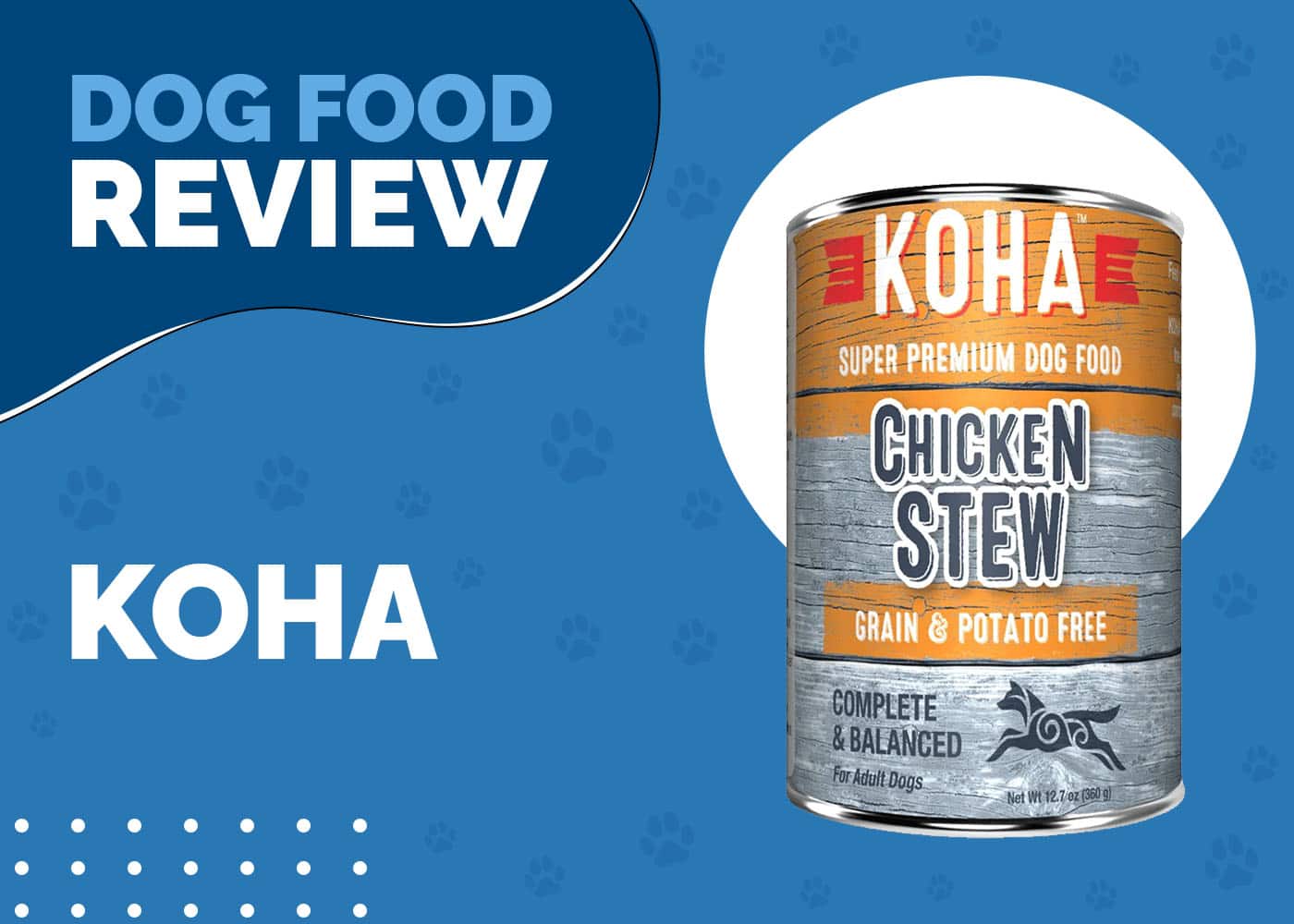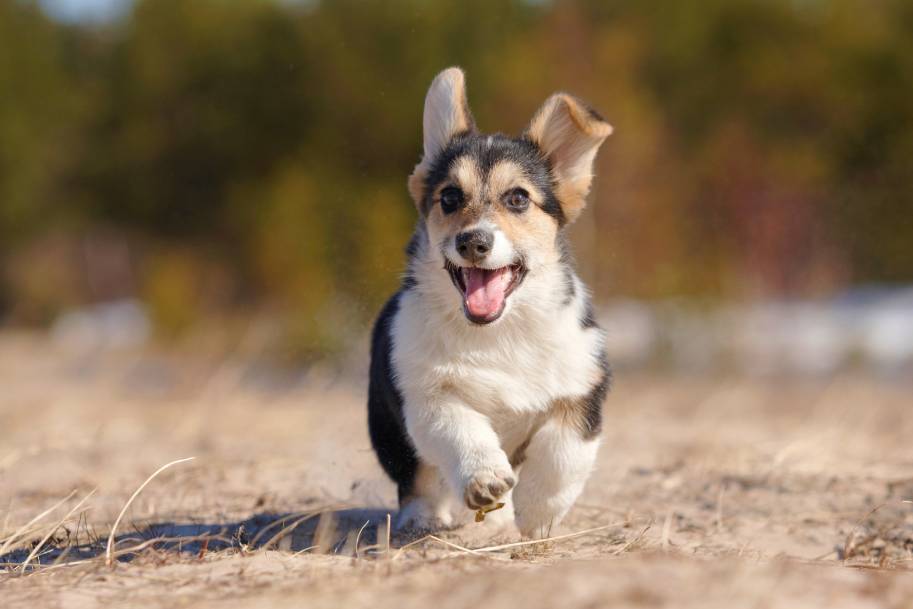When to Switch My Dog to Senior Dog Food? Signs & Tips
Updated on
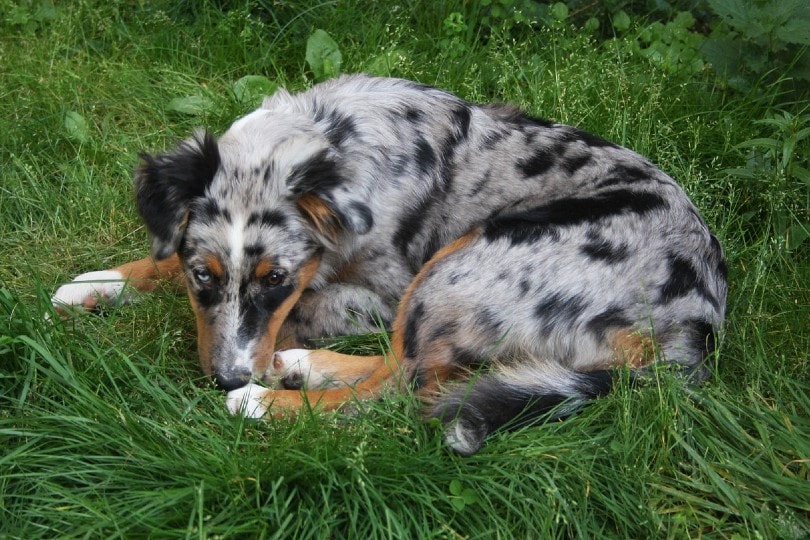
As your dog gradually ages, you’ll start to notice a few changes, particularly ones that indicate that they are slowing down. With this new era in your dog’s lifetime approaching, you’ll need to consider diet changes. But when is your dog officially a senior, and when should you start feeding them senior dog food?
Depending on the dog’s size, they can be considered seniors sometime between 5 and 10 years old. However, there isn’t any one specific age when you should make the switch.
Here, we go over the common signs that your dog is approaching their senior life stage and whether you should switch to senior dog food.
When Is a Dog Considered a Senior?
As a general rule, dogs are thought of as seniors when they are within the last 25% of their natural lifespan. The reason that there is such a wide age range for when a dog is considered a senior is that it depends on the size of the dog.
Toy and small breeds tend to have longer lifespans than large and giant breeds.
For example, most Great Danes have a lifespan of 7 to 10 years and are considered seniors by 6 years of age. On the other end of the scale, Chihuahuas have a lifespan of 14 to 16 years and might be seniors by 7 to 10 years. This all also depends on how healthy any dog is.
Most (but not all) dogs are considered mature adults between 6 and 8 years and seniors once they are 8 and older.

Physical Signs That a Dog Is Getting Older
While a common sign that a dog is aging is that they start to slow down, this can also be indicative of a health condition, such as joint pain, which is also quite common in aging dogs. So, beyond how old your dog is, there are a few typical signs that a dog is becoming a senior:
- Muscle and weight loss
- Weight gain
- Difficulty sleeping or sleeping more
- Hearing issues or loss of hearing
- Gum disease and awful breath
- Cloudy eyes
- Difficulty urinating or incontinence
- New lumps on the skin
- Weakness in the hind legs
Of course, some of these signs aren’t indicative of a senior dog on their own but could be in conjunction with a few other obvious signs. They should all, however, be checked out by a vet as there may be a lot you can do to help.
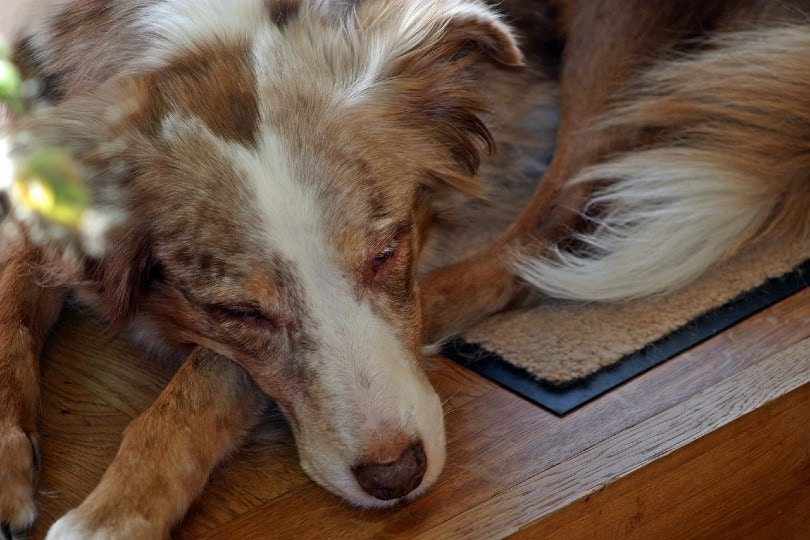
Behavioral Signs That a Dog Is Getting Older
Dogs can experience behavioral changes as they age. Some dogs might develop a kind of dementia, called canine cognitive dysfunction, which presents similarly as Alzheimer’s disease in humans.
Symptoms can include:
- Changes in sleep patterns
- Loss of memory
- Excessive panting
- Anxiety
- Behavior changes
- Wandering and restlessness
- Increased barking
- Compulsive or repetitive behavior
- Anxiety
- Eliminating in the house
- Disorientation and confusion
Certain medications and supplements can help, as can a change in diet that includes fatty acids and glucosamine. Plenty of physical activity and teaching an old dog new tricks are also beneficial.
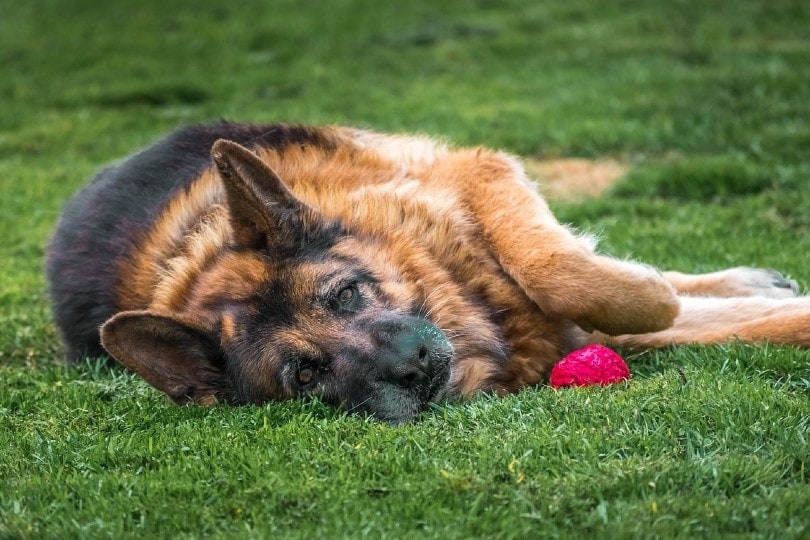
Should You Change Your Dog’s Food?
Now that you’re aware that your dog is a senior, you might be wondering whether their current diet is adequate.
Many people will switch their dog’s food from adult to senior because of encroaching health conditions that are partly due to the aging process. There is no magic number that tells you that it’s time to switch your dog’s food, but there are a few signs that your dog will benefit from a change in food:
- Flaky skin and dull coat: As many dogs age, they lose some of the lustrousness of their coats. If their current diet doesn’t have enough fatty acids, a change of food could help. You’ll want food high in omega-3 and -6, which can lead to healthier skin and a shinier coat. The extra fatty acids can also help your dog’s joints if there are mobility issues.
- Weight gain: One sign of aging can be weight gain. Your dog will need food that’s lower in calories and higher in fiber and is balanced nutritionally.
- Mental sharpness: Keeping your aging dog’s mind sharp is something that can be helped somewhat by diet. This is also accomplished by omega-3 fatty acids.
If your dog has any health conditions, a change in diet could be warranted. But don’t change your dog’s food until you’ve consulted with your vet.
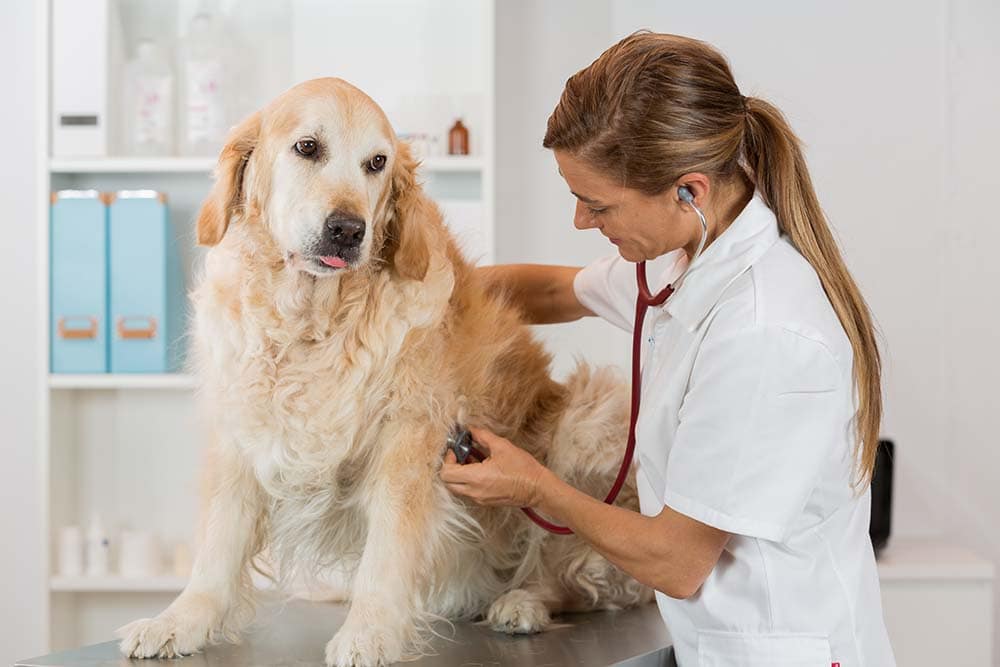
Choosing Senior Dog Food
Your vet can give you direction on what food will best support your dog’s needs. Here are a few tips on transitioning your dog to new food.
- Look for the senior version of their current brand: Many dog food manufacturers make foods for all different life stages. If the senior food has the same flavor and texture, this will make the transition much easier.
- Find a senior dog food similar to the current brand: If your current brand doesn’t offer a senior version, try to find another brand that has similar ingredients. If your dog loves eating a beef-and-sweet-potato recipe, find a senior version with the same or similar ingredients.
- Vet recommendations: If your dog has a specific health condition related to age, your vet might give you a prescription food.
- Find a food for your dog’s breed or size: Many dog food brands cater to specific dogs. For example, there are foods for toy breeds and ones for giant breeds. So, if you have a senior Chihuahua, you’ll want to find senior food for small breeds. The differences include the size of the kibble and different ingredients to support dogs of different sizes and breeds.
- Gradual transition: When you purchase a new food (one that’s approved by your vet), you’ll need to make a slow transition to the new food so it doesn’t upset your dog’s stomach. This is even more important if your dog already has digestive issues.
Your vet can advise you on the best way to accomplish this, but basically, you’ll want to add small amounts of the new food to the old, and over the course of 2 weeks, you will slowly increase the new food until the old food is gone.
Complement this valuable information by checking out our dog food calculator here:
The exact amount of calories an individual animal needs to maintain a healthy weight is variable and influenced by many factors including genetics, age, breed, and activity level. This tool is meant to be used only as a guideline for healthy individuals and does not substitute veterinary advice
Making the Food Appealing
Many dogs lose their appetites as they age. Sometimes, they have issues with their teeth and gums, which makes eating uncomfortable. You should have any mouth issues looked at and treated, which can help. You might also need to get a smaller kibble or switch to canned food.
Some senior dogs might have difficulty standing for long periods, so try to find bowls with a flatter rim so your dog can eat lying down. If bending over to eat is painful, invest in a raised platform that will bring the food closer to your dog’s mouth.
If your dog doesn’t seem interested in eating, try warming up the food or just find whatever food your dog will actually want to eat. Despite your best efforts to ensure that your dog has a healthy diet, you might need to tempt them a little too with treats.
Final Thoughts
Don’t worry too much about immediately switching your dog to senior food the moment that they hit 7 years of age. As long as you continue to take your dog to their annual wellness exam, both you and your vet can stay on top of any potential health concerns. This will include any possible diet changes. This way, your senior dog can continue to live their best life.
Featured Image Credit: EvitaS, Pixabay


